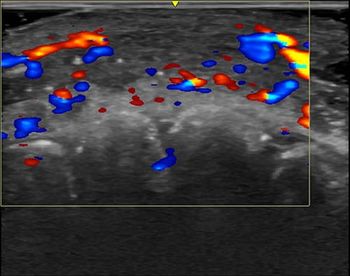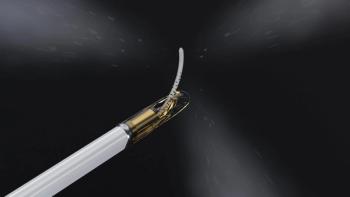
PACS adoption lags in Mexico
Only 2% of public hospitals in Mexico have PACS, according to Mexican researchers.
Only 2% of public hospitals in Mexico have PACS, according to Mexican researchers.
This statistic appears in an August IEEE paper intended to provide guidelines for PACS implementation in countries receptive to technology based on the use of PACS in Mexico (Conf Proc IEEE Eng Med Biol Soc 2007;1:3601-3604).
The guidelines provide a discussion of PACS planning, implementation, and continuing maintenance, but the unique feature of the paper is the current picture it presents of PACS in Mexico.
"Of 180 tertiary hospitals in the Mexican Federal Health Care System, only five have PACS," said Martha Ortiz-Posadas, Ph.D., an electrical engineer at the Universidad Autónoma Metropolitana in Iztapalapa, in eastern Mexico City.
Of 76 hospitals of 50 beds or more in the private sector, 28 (36%) have PACS.
Posadas cites several reasons for the limited adoption of PACS in Mexico, not the least of which is financial. In the U.S. and other developed countries, healthcare expenditures are much higher than in the developing world. In 2003, for instance, the U.S. spent 15.2% of its Gross National Product on healthcare, followed closely by Switzerland and Germany.
Mexico in 2003, on the other hand, spent only 6.2% of its GNP on healthcare, less than other Latin American countries at similar stages of development, such as Argentina (8.9%) and Brazil (7.6%), Posadas said.
"With such limited financial resources, it is sometimes preferable to invest first in essential healthcare supplies before PACS. This is why, once the institution decides to acquire PACS, it must be the best system according to its needs," she said.
The guidelines in her paper provide thorough planning advice.
Other reasons for slow PACS growth south of the border include an aging infrastructure. National Health Institute generation one and generation two hospitals were constructed in 1936 and 1946. The more recent generation three and four were constructed in the 1980s. Only generation five facilities were built after 2001.
Few of these buildings have the necessary space, or electrical and communication network infrastructure, to accommodate the demands of higher technology, Posadas said.
"PACS implementation is often not merely a matter of high PACS cost but is frequently complicated by the extra investment necessary to renovate existing facilities where the systems are to be installed," she said.
Newsletter
Stay at the forefront of radiology with the Diagnostic Imaging newsletter, delivering the latest news, clinical insights, and imaging advancements for today’s radiologists.




























